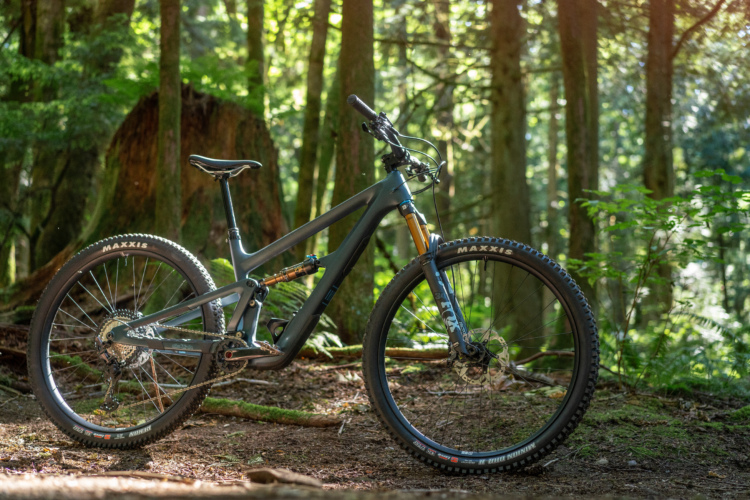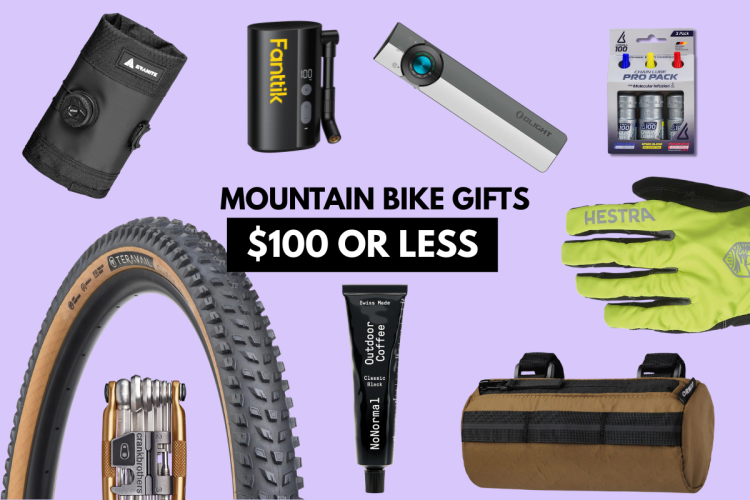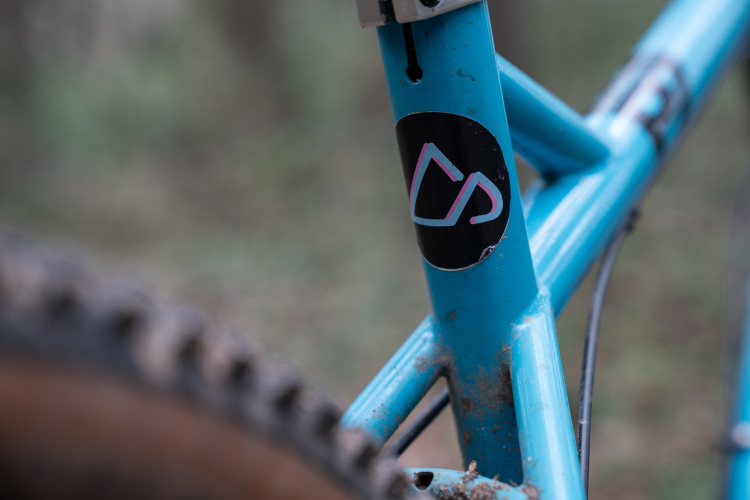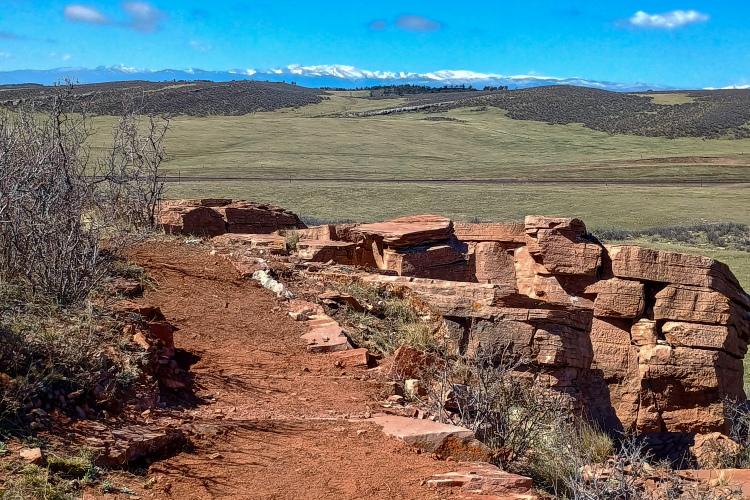
Is anyone ever truly comfortable in the backcountry? I’d argue being uncomfortable, to a degree, is the point of spending time away from life’s luxuries. Being reminded of conveniences like a hot shower with water pressure that would make Ironman wince is one of my favorite feelings after time spent sleeping on the ground.
But that doesn’t mean camping has to be miserable. Sea to Summit’s latest sleeping gear: the Aeros Premium Pillow, Spark SP3 sleeping bag, and EtherLight XT sleeping pad elevate nights in the backcountry—and more than just the four inch sleeping pad height.
For those who aren’t familiar, Sea to Summit is a premium outdoor gear company that originated in Australia. Their gear is meant for bikepackers and overlanders, hunters and fishers, and campers, backpackers, and hikers.
Not all of their gear is expensive, but none of it is cheap. That means their top-notch, lightweight items like bikepacking or backpacking gear, can be a little pricey. I’ve enjoyed all of these pieces, but we’ll start with the Aeros Premium Pillow first.

Sea to Summit Aeros Premium Pillow
The Sea to Summit Aeros Pillow comes in two sizes: regular and large. There is a $5 difference, so really the choice comes down to available space, weight, and cranium size. The pillow inflates quickly with the valve and there’s a little button for finding exactly the right amount of PSI.
I have the regular size and it’s been plenty for my medium-sized cranium. It takes about two to three full breaths to inflate depending on the preferred pressure. With less pressure, there is a soft crinkle moving side to side, but it’s not annoying.


The middle of the pillow appears to have a slightly concave shape. It’s been one of the more comfortable camping pillows I have used in a few years. The pillow works great with the included velcro attachments for the sleeping pad, but I have been shoving the pillow in the hood of my bag and it stays right where it needs to be. One of the banes of camp pillows is slipping off the pad and trying to find it in the middle of the night, but that hasn’t been a concern here. I haven’t had any issues with the pillow getting too cold either.
There is a little push button to decrease pressure slightly and a big tab pulls the vent open to release all the air at once. The pillow folds up into a tiny stuff sack and takes up little space.
- MSRP: $45-$50
- Weight: 2.8oz/79g
- Buy from Sea to Summit and REI

Sea to Summit Spark SP3 sleeping bag
Sea to Summit has a full lineup of Spark sleeping bags to fit a range of temperatures. They start with a 40° bag and have 28°, 18°, and 5° options. I tried the 18°, classified as a 2.5 season bag, which usually fits the seasons I’m trying to mountain bike in—sometime between late spring and early fall.
The Spark SP3 18° is the best sleeping bag I’ve ever used. It’s meant for ultralight bike/backpacking and the bag feels incredibly light. Balling it up, it also feels soft and airy.
The bag has an Ultralight 10D nylon shell and is insulated with Ultradry down, a nano-level water repellent polymer treated down that does a better job of fending off cold temperatures. Sea to Summit says the Ultra-Dry Down retains 60% more loft and absorbs 30% less moisture compared to untreated down.
The Spark SP3, size regular, I tested has a tapered mummy profile but still has room for those who want to wear added layers inside the bag. I camped in temperatures ranging from 30°-40° this summer and fall. While 40° is not so bad, you usually find out if the temperature rating is exaggerated around the freezing point.

Sea to Summit’s sleeping bag has just about everything you can want in a bag for lightweight travel. The stuff sack takes some patience but after a few minutes of light shoving, the bag gets down to a nice travel size and can be cinched and compressed further in the sack. The 18° temperature rating might be a little lower than some need for bikepacking, but it’s a great all around size for most camp-able seasons. Sea to Summit includes a larger bag with no stuffing effort required for storage or when transport size isn’t an issue.
The bag is very soft and thus quiet, so there isn’t much rustling as you shift around at night. The shape and hood with a cinch strap make it easy to contain all of your warmth and I noticed after bathroom breaks in the middle of the night, it didn’t take long for me to regain warmth. Bathroom breaks are easy too with a full length zipper. The zip/unzip action is clean and I haven’t had any problems with snags.
The regular size I chose has a six foot height limit and at 5’8″, I had plenty of room. Overall, the Spark SP3 has been an impressive, lightweight sleeping bag for most conditions.
- Weight: 1lb 7.5oz
- Price: $339-$569. ($489, price tested)
- Buy from Sea to Summit and Amazon.

Sea to Summit Etherlight XT Insulated sleeping pad
Sea to Summit’s Etherlight XT (extra thick) Insulated sleeping pad is meant also meant for lightweight missions like bikepacking. The brand calls it a three season pad and it comes in S,M, and L sizes in a tapered shape, and also a rectangular regular wide and a rectangular large size.
The Etherlight XT has a four-inch height and uses two types of insulation: an Exkin Platinum insulation which reflects radiant heat back on the user and a Thermolite insulation, preventing convective heat loss. The Air-Sprung Cells are meant to conform to the sleeper’s body shape and provide an even but contoured weight distribution.
The Etherlight comes in a stuff sack that can be used as an inflation tool by whooshing air into it and then rolling the reservoir into the sleeping pad. It seems simple enough but I can never get the hang of it. Still, the pad inflates by mouth with relative ease and without much force, even at higher pressures. Like the pillow, there’s a little button to take some pressure off if it’s a smidge too high, or pull the plug and let it deflate all at once.

Four inches is a nice height off the cold, hard ground and with the Etherlight XT and the Spark SP3, I never felt cold seeping in underneath me and would have been comfortable in fall conditions.
The pad is a little crinkly and noisy moving around on it—I suspect it comes from the tough, thin material. With a dog in the tent, walking across the sleeping pad, there haven’t been any concerns about puncturing the material, and there are some patches included with the pad.
The Air-Sprung Cells work pretty well to minimize lifting in one area caused by compression in another but there is still some noticeable shifting during movement.

The pillow lock is a pretty sweet feature, not to mention simple. On colder nights, I like to keep my pillow inside the sleeping bag hood but the lock is great for warmer nights.
Overall though, the Etherlight XT is a cushy, springy, lightweight pad that works well for lightweight adventures and is great for any season.
- Price: $189
- Weight: 17.3oz/490g
- Buy from Sea to Summit and Amazon.








0 Comments